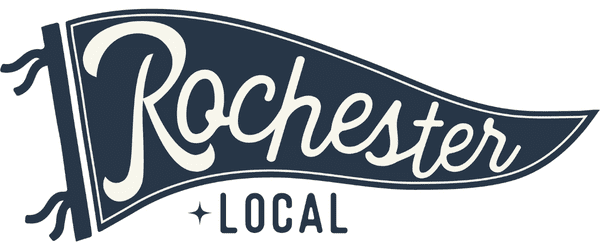
Kids and money. Ugh. Money is a tough enough topic for grown-ups. Why burden our kids with money talk?
Well, if we want to raise healthy eaters, we feed them nutritious food. If we want to raise kind kids, we show them how to care for others. So, it seems that if we want to raise financially savvy kids, we need to teach them how money works.
Just as there are many parenting styles, there are an equal number of philosophies regarding teaching kids about money. When the kids were in preschool, my husband and I began having conversations about teaching them fiscal responsibility, which led to questions about allowance.
*What are the rules?
*Do you complete certain tasks to receive it?
*Are you “docked” pay if you don’t do your chores?
*Is allowance just a kid version of a paycheck?
My husband and I decided that at our house, allowance would be used as a tool for understanding money. We started young, when the kids were four and five.

First we bought special piggy banks containing four slots: spending, saving, giving, and investing. Given that there were four categories, we felt that allowance should be divisible by four. Hence, they received four quarters each week. Easy peasy, and by breaking down these four concepts with practical examples
Spending
This was a simple concept for us to introduce. Toys and candy! That’s what spending is all about.
Saving
This wasn’t too hard. Sometimes we want something but don’t have enough money. So we save.
Giving
Kids have big hearts and can appreciate that when others don’t have things, we share.
But investing.
Kinda tricky for the preschool set. And they just didn’t seem ready to master the concept of interest rates.
So, we scratched the four-quarter plan. Mostly because we kept forgetting to give them their money. Luckily, they were young enough and weren’t depending on their “paychecks” for daily survival. Plus, the kids were still at the stage where they believed two quarters were better than a dollar bill. Why isn’t two more than one?
Fast forward a few years (years in which months passed and no one received an allowance – don’t ever put me in charge of payroll in real life) and we decided to go for an allowance divisible by three. Save, spend, give. Everyone is on board, and both kids clearly understand the categories.
Now it was time to let the learning begin. And by learning, I mean trial and error. When kids manage their own money, they get to make mistakes. Buying candy on Monday sometimes means there isn’t enough cash to make a purchase on Thursday at the school book fair. Shoving money in your pocket (when you have a wallet upstairs somewhere in your room) can lead to lost money (and tears).
There is immense value in mistakes. Your child will remember these money moments. And having them earlier rather than later will hopefully lead to better financial decisions and choices as teens and adults.
Bottom line: Not only should you talk about money with your kids, but you also need to let them make choices with their money.






